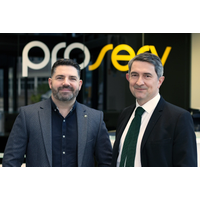
Proserv Secures SMS as Sampling Representative in Malaysia
Controls technology company Proserv said it has signed an agreement with Aberdeen-based sand and erosion monitoring, analytics and management experts SMS. The deal sees SMS become the exclusive agent and representative for Proserv’s sampling activities across Malaysia.According to Proserv, its combined offering with SMS will give clients a step change in the visibility of the condition and integrity of flowlines and, through the live measurement of sand quantities, will allow operators to make informed early strategy decisions around production rates, maintenance planning and ultimately the
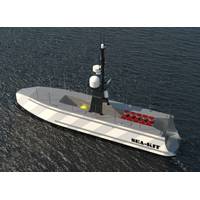
MTR100: For USVs and AUVs, is it a Hydrogen Future?
, and its electrical power distribution systems, following the factory acceptance testing of the prototype systems undertaken in March this year.The prototype is being built by a consortium of UK shipbuilders, with shipfitting and electrical outfitting contracts being awarded to Lowestoft-based firms SMS and Trident Marine Electrical, while the hydrogen fuel cell is being developed by Proton Motors.The vessel’s name commemorates the Tyne pilot cutter, the Protector, which was sunk after hitting a German sea mine during World War I, with the loss of all nineteen crew members, including William
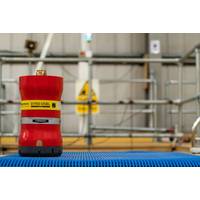
Tech: Sonardyne’s Ranger 2 Upgrade for Research Vessel Atlantis
its CTD (conductivity, temperature and pressure sensor), towed sleds and dredges, in all water depths.The team on the Atlantis will also be able to use Ranger 2 to communicate with scientists onboard the Alvin throughout every stage of a dive via the AvTrak using the secure Sonardyne Messaging Service (SMS) feature. The AvTrak can also act as a relocation beacon for the Alvin, as well as remotely operated vehicles (ROVs) deployed by the Atlantis.The Atlantis is also upgrading its through-hull transceiver from a High Performance Transceiver (HPT) 5000 to a Gyro USBL 7000, complete with a new gate valve
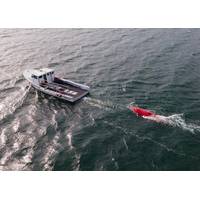
Sonardyne Suite for Dive Technologies’ AUV
of R&D. “We also needed a topside system which could scale in functionality and complexity with our vehicle as we continue to add features and capabilities, from our initial testing where our needs were just tracking and emergency commands, to more advanced features such as USBL aiding and SMS transmission of vehicle and data health metrics.“Ranger 2 is a good fit for both of these needs and it has enabled us to meet our challenging goals of simultaneous development and testing while maintaining consistent and impressive performance even in challenging operating conditions. The system
DCSA Releases Cyber-Security Guide
deadline for its implementation is set for January 2021.The guide aligns with existing BIMCO and NIST (US National Institute of Standards and Technology) cyber risk management frameworks, enabling shipowners to effectively incorporate cyber risk management into their existing Safety Management Systems (SMS).The DCSA guide gives shipowners the tools they need to help designated technical crew members mitigate the risk of cyber attack, or contain damage (fail safe) and recover in the event of an attack.“As shipping catches up with other industries such as banking and telco in terms of digitization
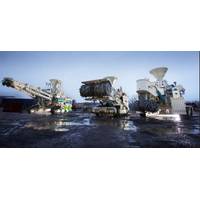
Will 2020 be the year for Subsea Mining?
content. In one area of the North Pacific Ocean seabed known as the Clarion Clipper Zone, the International Seabed Authority (ISA) estimates there are over 20 billion tons of these nodules. Generally, these nodules lie atop ocean sediment at depths greater than 3000 meters.Seafloor Massive Sulfides (SMS) are formed by undersea volcanos and generally lie in shallower water than manganese nodules. The deposits of copper, zinc, gold and silver are what is of commercial interest in these areas. Many, if not most of these potential fields are located in the Pacific Ring of Fire and are found within
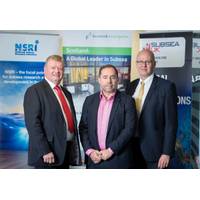
Japan, Scotland Invest in Subsea Technology
.Collaborations involve companies from Aberdeen, Inverness, Edinburgh, Coatbridge and Livingston. They include an £8.3 million project to develop an offshore and subsea Internet Of Things infrastructure, and a £3.3 million venture to build a digital system which monitors floating structures.SMS Ltd with Mitsubishi Shipbuilding (total project worth £3.3 million)Working on a digital twin system with other Partners with Strathclyde University and James Fisher Defence to make a digital twin system to monitor floating structures including offshore wind, shipping, platforms etcSustainable
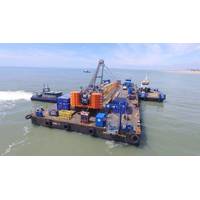
UK Businesses Partner to Target Utilities Dive Sector
UK-based SMS Group has partnered with M&E experts Mechanica Utilities to provide tailored diving services to the utilities sector.SMS, a UK ship repairer and marine engineering services provider, and Mechancia Utilities will provide diving services and sub-surface engineering support to Tier One and Tier Two utilities companies and their sub-contractors.SMS has an enviable reputation as specialists in ship repair, marine engineering and major fabrication projects in the commercial marine, defence and superyachts sectors. The business also operates, in-house, a diving and sub-surface marine

Major Gas Hydrate Mapping Campaign Completed in Japan
computer codes developed at Scripps, and at the University of British Columbia.OFG in cooperation with Fukada can also now deploy an Autonomous Underwater Vehicle (AUV) based CSEM system that is a complement to the towed Vulcan system for the mapping of gas hydrate deposits and Submarine Massive Sulfide (SMS) deposits. Together, the towed source Vulcan system and the seafloor transmitter based AUV CSEM system provide a tested sea-ready capability to map seafloor resistivities in multiple exploration scenarios



 February 2024
February 2024





